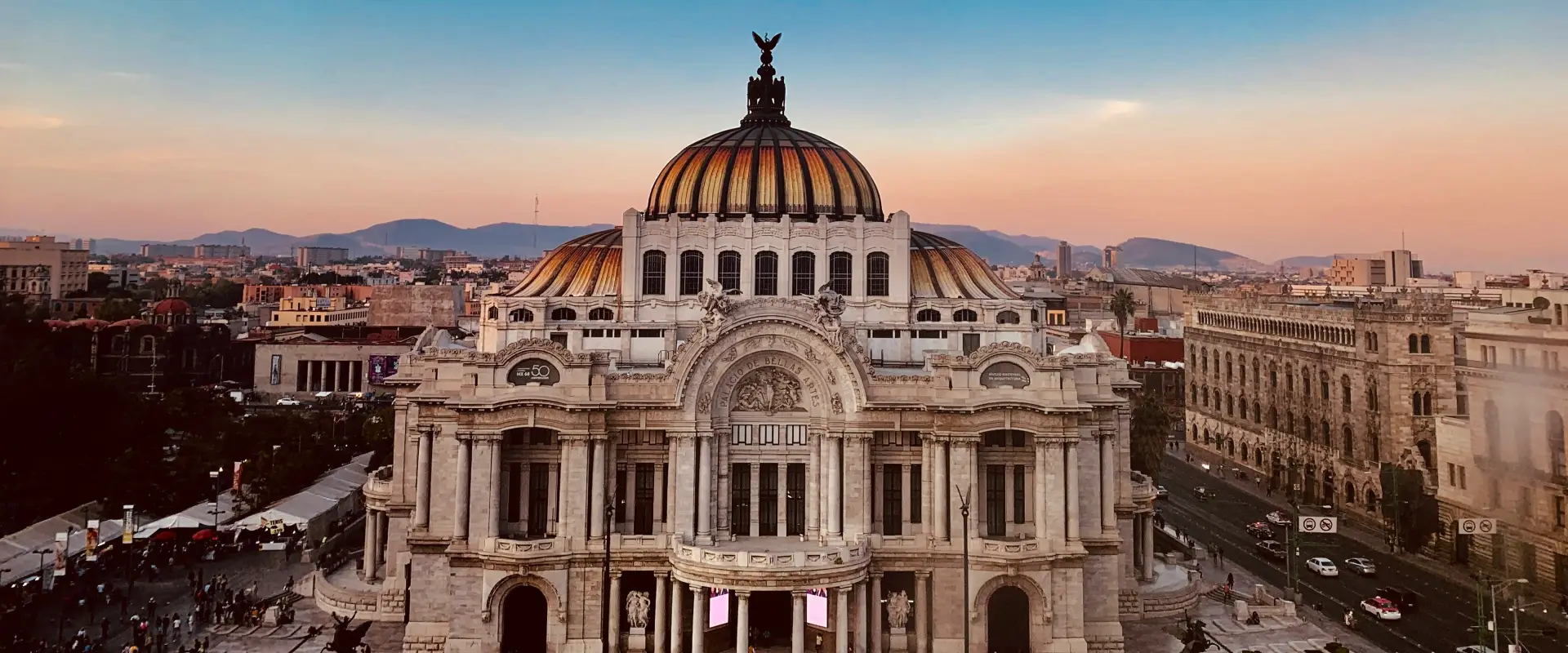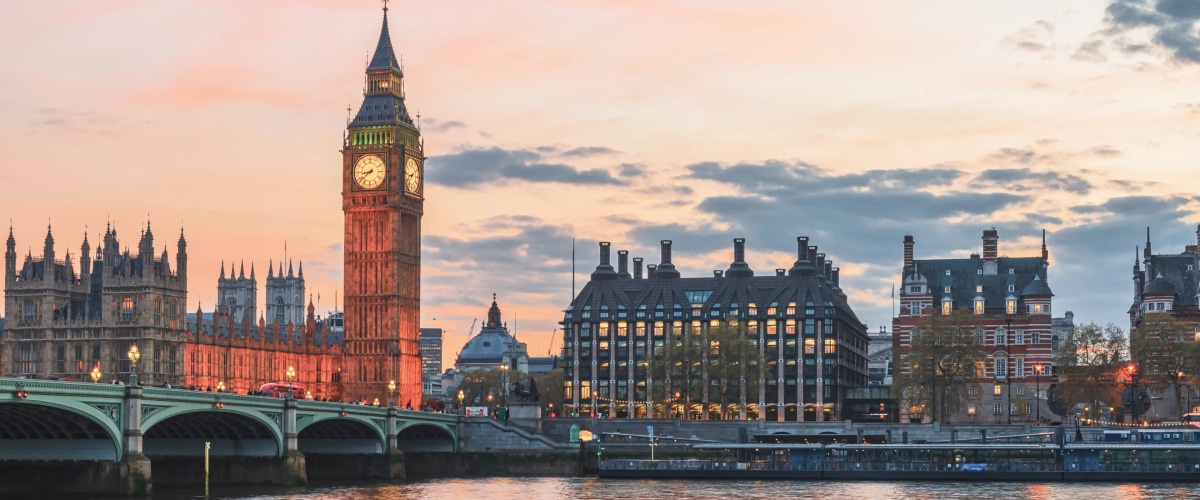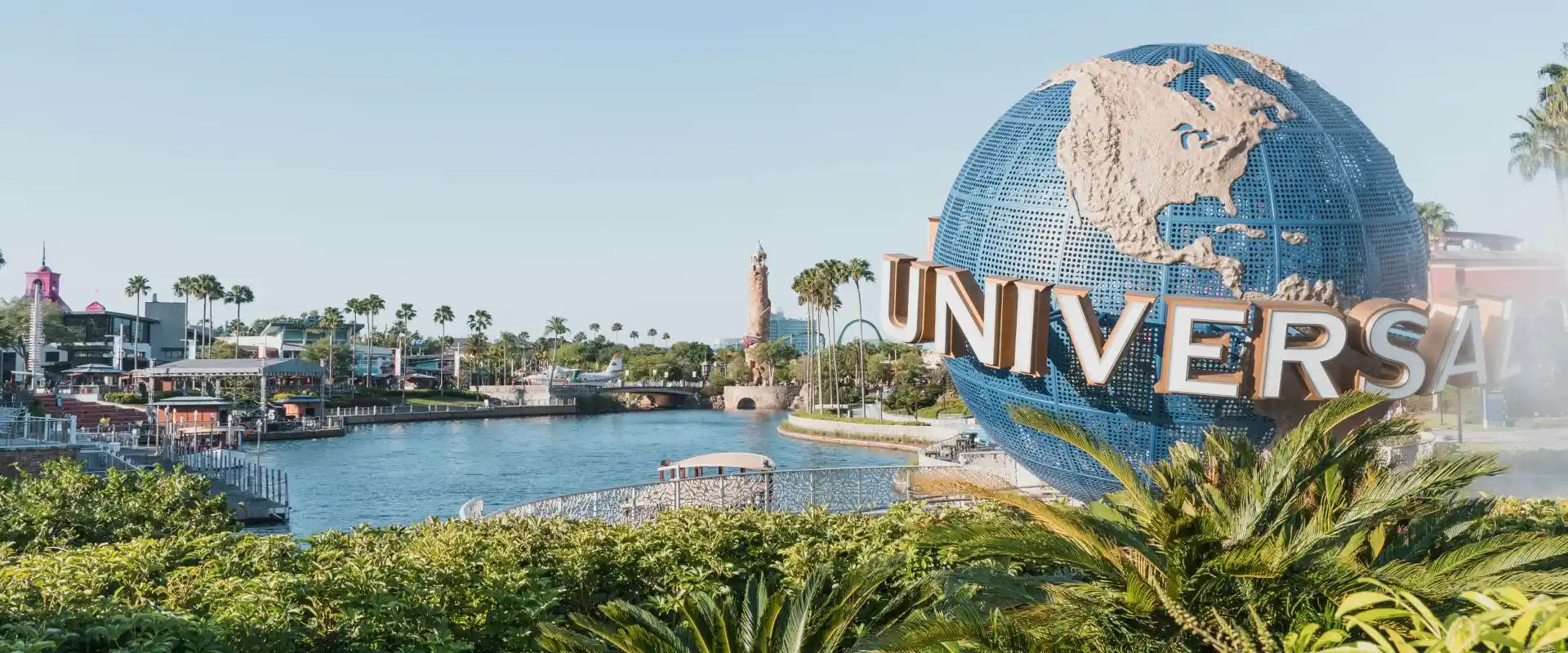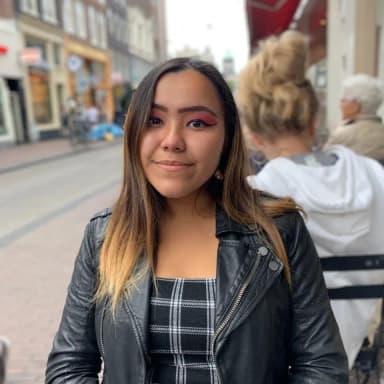
I Went Eco-Fishing With Paolo Fanciulli in Talamone, Italy. Here's What It Was Like
I am not a morning person, so arriving at the pier at 7:30am was a hard sell, but Paolo Fanciulli, a fisherman activist who runs a local fishing charter that supports his passion of protecting the sea, promised me coffee. Along with 10 strangers, I climbed aboard his blue and white wooden fishing boat called the “Sirena”—The Mermaid—as Fanciulli shouted instructions in Italian to his crew and handed us a thermos and plastic cups to pass around.
The sun was beating down, but the air was still cold. Luckily, Fanciulli had warned us about the low morning temperatures beforehand, so we all wrapped up in our waterproofs and jackets for the journey.
The engine rumbled as we backed out of the marina, away from Talamone—a quiet port town of about 125 residents on Italy's central-western Tuscan coast, about two hours north of Rome. The water seemed calm and inviting, despite the weather forecast just a few days ago that predicted a storm.

In Talamone, Fanciulli has pioneered what he calls fishing tourism, known as “pescaturismo” in Italian. Pescatourism straddles the line between profit—something the small town needs from tourists—and environmental protection. He’s not the first to have done this. The World Wildlife Fund (WWF) has supported this form of sustainable fishing since 2007.
Fanciulli is considered a local legend in Talamone, due to his long history and dedication to fighting against bottom trawling, a fishing method that uses heavy, towed nets to catch fish along the seabed; some have likened the practice to using a bulldozer on the ocean floor, due to its destructive nature.
He comes from a long line of fishermen. As a teenager, he and his father would head out to the same exact spot we were going. Back then, he says, the sea and the nets his father put out would be filled with fish, describing it as “paradise.” Since bottom trawling took hold across Europe in the 1980s, Fanciulli says it’s no longer the paradise it once was.
As he grew into his 20s, he noticed his family’s nets weren’t as full as they once were, likely due to trawling, which is forbidden within three nautical miles of Italy’s coastline. However, many trawlers laugh in the face of such legislation and simply fish at night when it’s harder to police them.
Fanciulli was drawn to activism, after reporting the problem to the authorities and local papers proved not to help. Over the years, he and a number of other local fishermen took a stand against the trawlers; Fanciulli went so far as impersonating the coast guard by using sirens to scare them away.
While many locals, unable to make a living off of fishing, have moved away from Talamone in the past couple decades, Fanciulli points out that the trawlers keep coming, despite the decrease in local marine life. Locals, on the other hand, count on Fanciulli to bring the town business and fame, calling him “The Famous Paolo of Talamone,” due to his activism.
To raise awareness of the issue, Fanciulli operates his fishing charter centered around pescatourism. Between June and August each year (weather dependent), Fanciulli takes tourists out to responsibly fish with him on his boat; he then invites guests to enjoy the catch of the day aboard the boat at the port or back in his home, which doubles as a restaurant.
“I continue to be a fisherman", Fanciulli says, "but now I take tourists on my boat. I offer what I catch to eat, explaining the importance of fishing consciously. I survive [economically] because I started this form of tourism.”

After riding about 45 minutes from the port, Fanciulli stopped the boat. It didn’t seem like we were far from shore, but because of the way the coastline curves, we had traveled quite far, to a deeper part of the water where Fanciulli had set up his handmade longline fishing nets a few days prior. Along the way, Fanciulli told us about the fish native to Tuscany’s waters, including European hake, sea bream, striped red mullet, sea bass, branzino, and tuna.
He also shared details about longline fishing, which involves trailing a long line of netting behind a boat or between two buoys with baited hooks attached at regular intervals—then you wait for the fish to bite. Fanciulli favors the latter method, using buoys and checking them every few days to ensure they’re still in place and to see what he’s caught.
Longline fishing can be controversial, as it’s possible to catch other forms of marine life besides fish, but Fanciulli points out that it’s better than trawling. Each time he finds something that shouldn’t be there—like an octopus, hermit crab, or eel—he tosses it back.
He began pulling up the nets. Every time I thought he’d reached the end, he kept pulling. He welcomed help from everyone on the boat, whether you wanted to pull up the spectacularly heavy net, put fresh fish into a container for lunch, or throw the unwanted creatures back into the water. There was a lot of screaming from the passengers when the fish would splash and a lot of laughing from Fanciulli.

Before returning to the port, Fanciulli stopped to let us take a refreshing dip in the sea. Where we stopped was actually the location of Fanciulli’s “La Casa Dei Pesci” (The House of the Fish), a site of marble statues that he had commissioned (with government support and funding) and placed about a mile off the coast to snag and break trawlers’ nets. Unfortunately, the government no longer funds the project, but Fanciulli has continued the project on his own, using funds from his fishing charter.
My trip followed a few days of heavy rain in the area, so it wasn’t easy to see the statues. But, as I swam farther below the water’s surface, I saw white marble poking out at me. The statues provide a haven for fish to swim and hide in, and they are covered in plant life, including Posidonia, which Fanciulli calls the “lungs of the sea,” as it stores a huge amount of the world’s carbon dioxide.
While the fishing trips are lucrative and popular—and there’s no doubt Fanciulli enjoys doing them—he says they are really just a way for him to fund and promote La Casa Dei Pesci and his environmental mission.
When we made it back to the port, we all disembarked to stretch our legs, and one of Fanciulli’s family members brought over a portable grill. Fanciulli began cleaning and fileting the fish while the staff set up a makeshift table with chairs on the Sirena. There were a number of dishes, and due to my poor Italian, I didn’t even know what I was eating half the time, only that it was the fresh catch of the day.
Fanciulli says his phone does not stop ringing with inquiries for his boat trip, so it’s clearly proving successful. Over the course of the day, Fanciulli was adamant that his story needs to be told until trawling is finally banned. There’s more work to be done, he says, but he’s one man fighting against an entire industry. It can feel futile sometimes, so what keeps him going?
“My heart is with the sea,” Fanciulli says. “That’s why I do this.”
Getting there
- The nearest airport is Rome’s Leonardo da Vinci–Fiumicino Airport (FCO), which is about 95 miles from Talamone. From Rome, it is approximately 1 hour and 40 minutes by coach or taxi to get to Talamone. You can also take a train from the airport to either Roma Trastevere or Grosseto station; from there, you can catch a train to the Talamone train station (a three-hour journey) and then a taxi into town.
- Average Going price for cheap flights to Rome: $494 roundtrip
$850
How to do it
- Best time to go: The best time to visit Talamone is between June and August, when Fanciulli runs the tours. During that time, temperatures hover between 68–86 degrees Fahrenheit (20–30 degrees Celsius). You’ll have the lowest chance of rain from the end of June until the beginning of August.
- Cost: The cost of the fishing trip is around 90 euros (about $98) per person. You can ask the concierge at your hotel to book the trip—Paolo is well known around town—or you can book it yourself at his website.
- What to pack: Bring warm clothes for the boat, as it will be chilly in the early hours of the morning, as well as clothes to change into after taking a dip. If you have a wetsuit, that might be useful too, as the water may be colder than you think. For off the boat, bring tennis shoes if you plan to partake in any of the beautiful walks and hikes around Talamone.
- Tips: Over-the-counter medication may be necessary if you’re prone to motion sickness or seasickness. Also, make sure you can swim unaided if you plan to swim at La Casa Dei Pesci. The boat can fit 10–12 people, so be aware that you might be sharing your trip with others.
- Learn more: Read about Fanciulli’s fight in The Guardian, The New York Times, and WIRED. You can also watch L’arte dell’attivismo, a film created in collaboration with Patagonia that highlights Fanciulli’s work.
Other eco-adventures around the world
Last updated May 14, 2024
Articles you might like
View All
Our Favorite Things to Do in Mexico City: Hidden Gems and Must-See Spots in the Heart of the Capital
Dec 17, 2025
9 min read

Things To Do In London: Classic & Hidden Spots For a Complete Trip
Dec 16, 2025
13 min read

Things To Do in Orlando: The Ultimate Guide
Dec 9, 2025
10 min read






